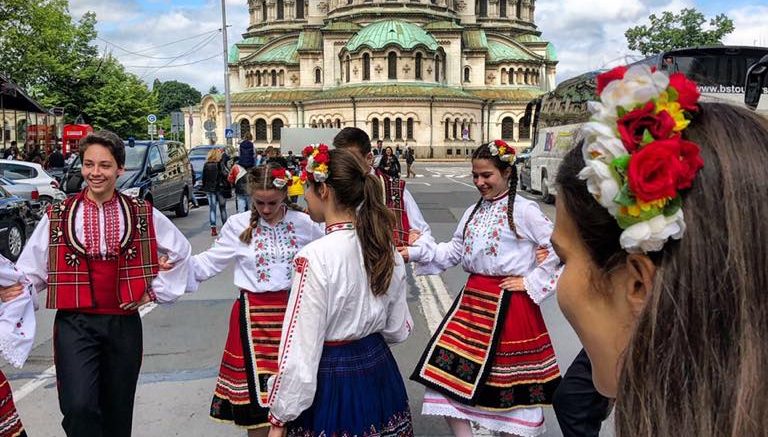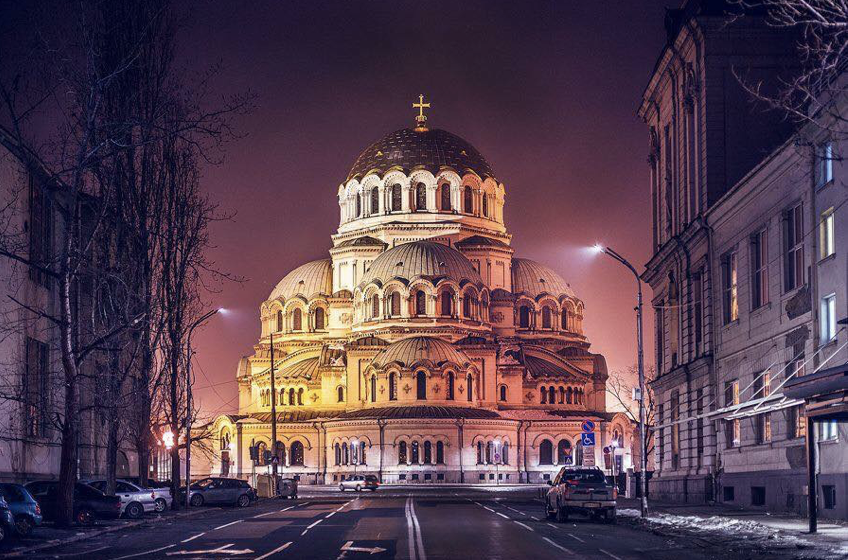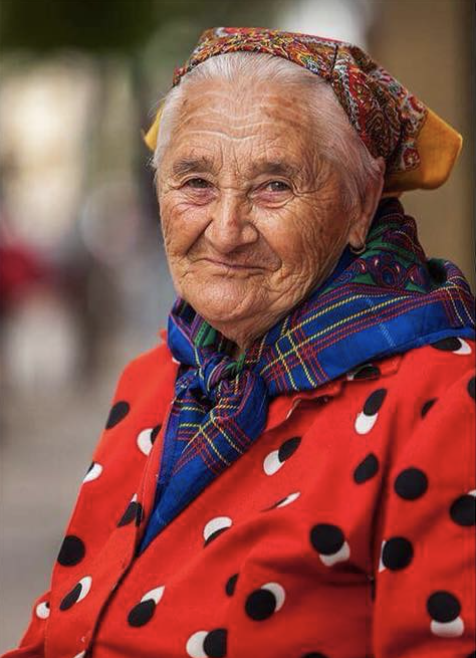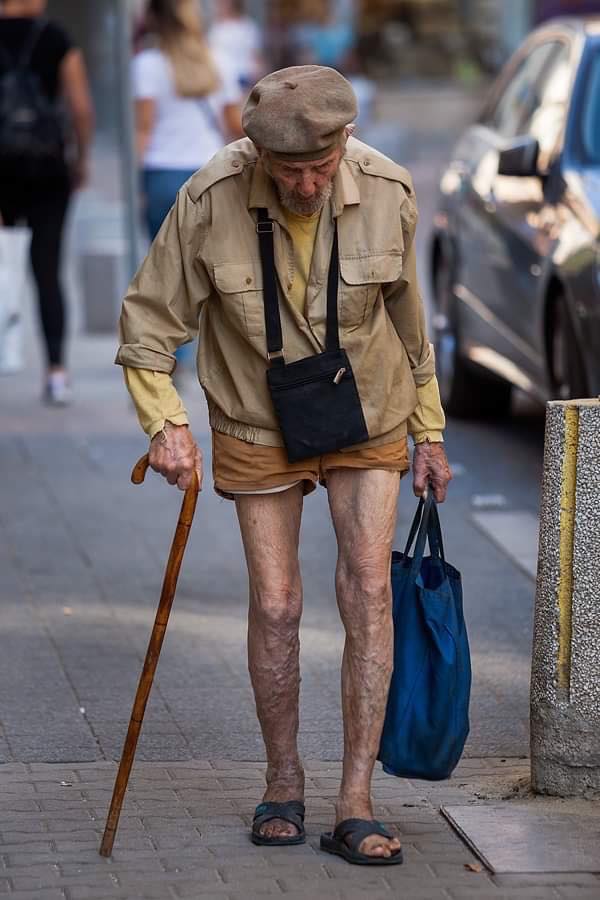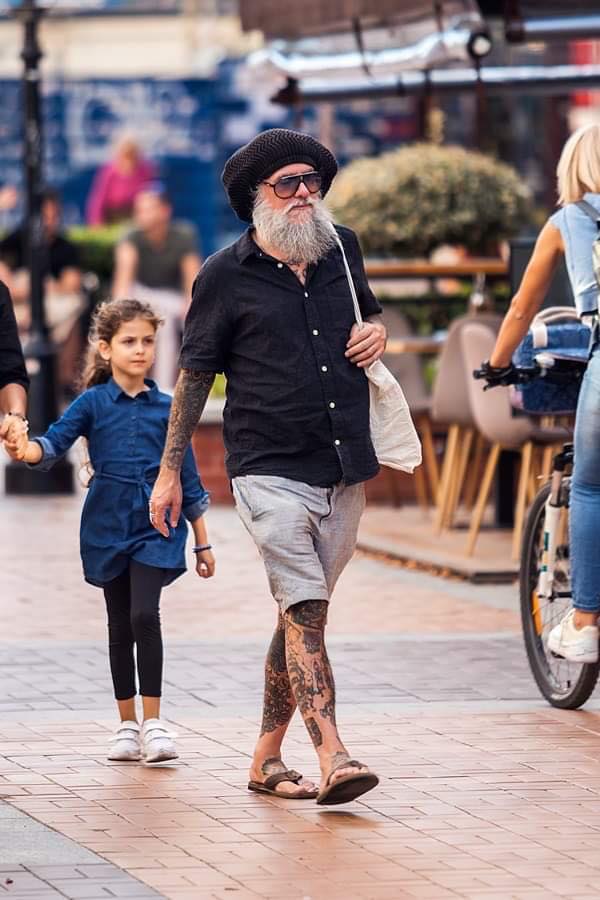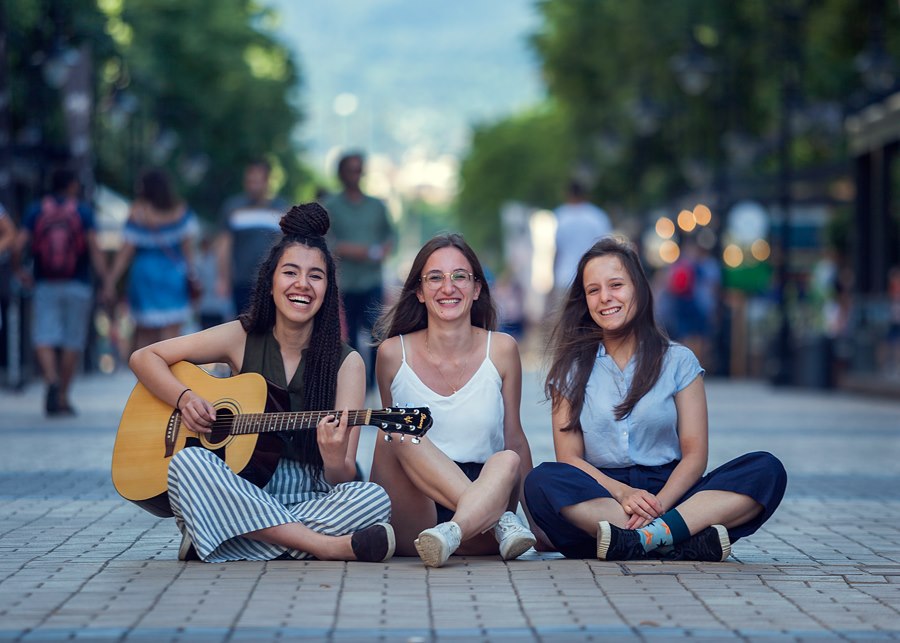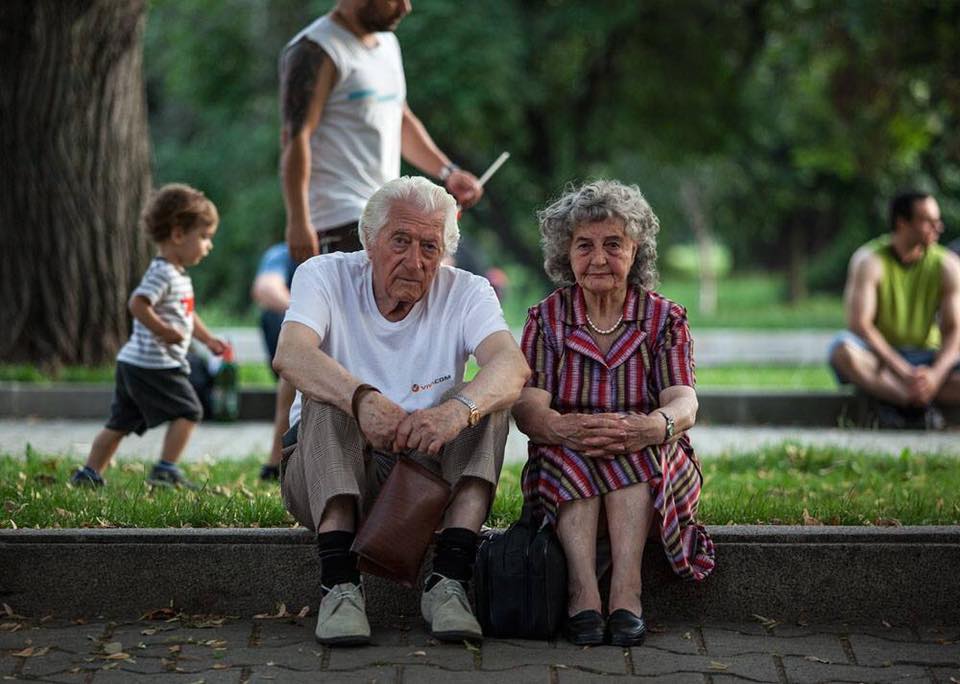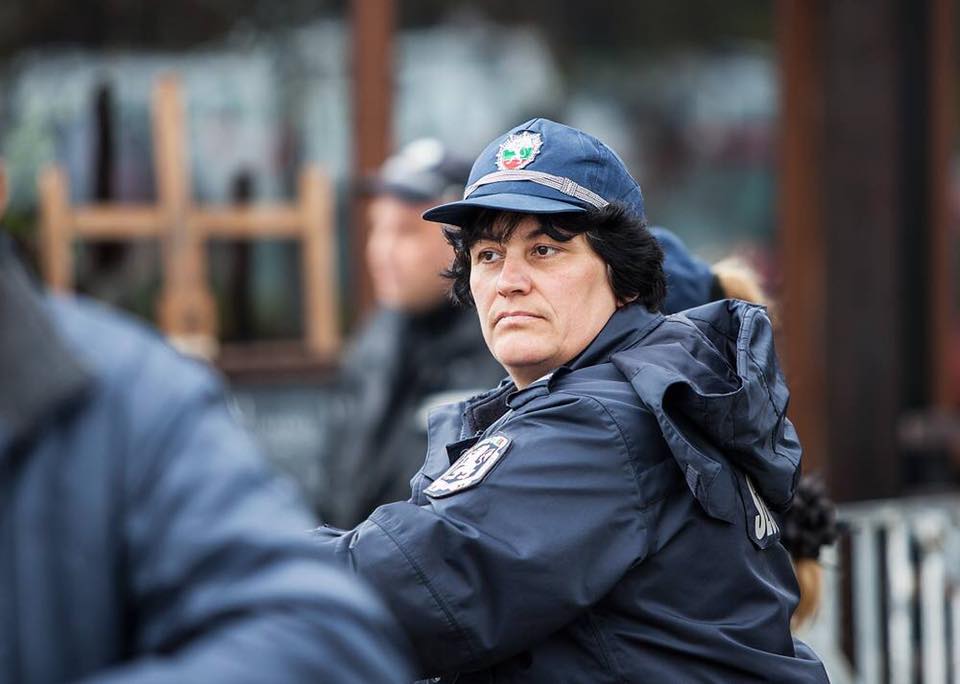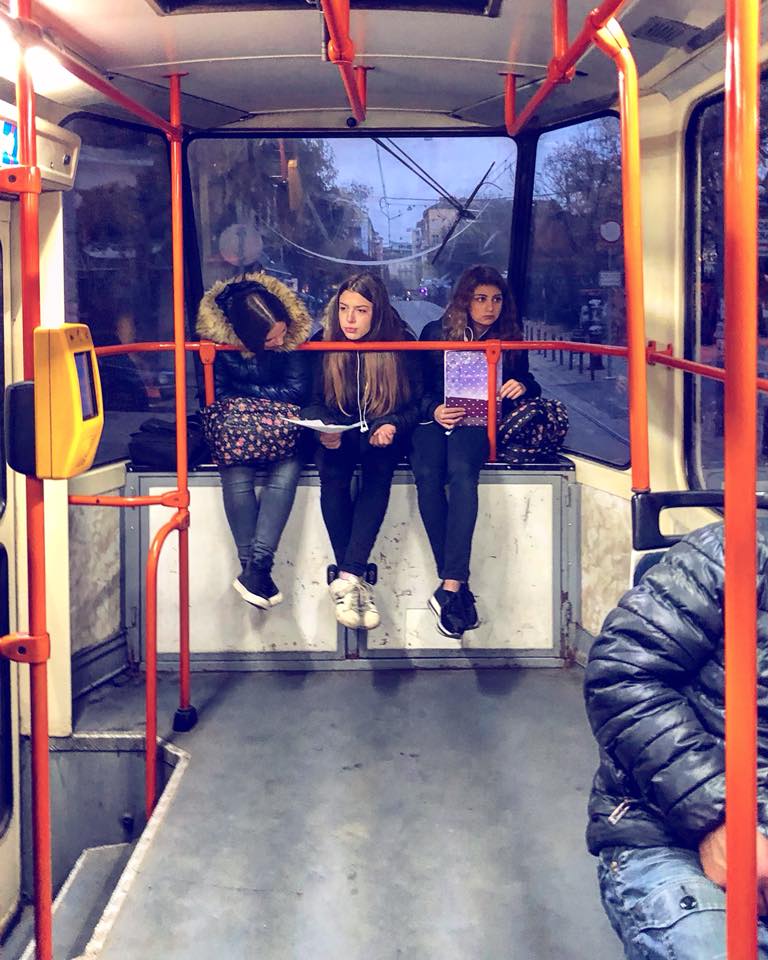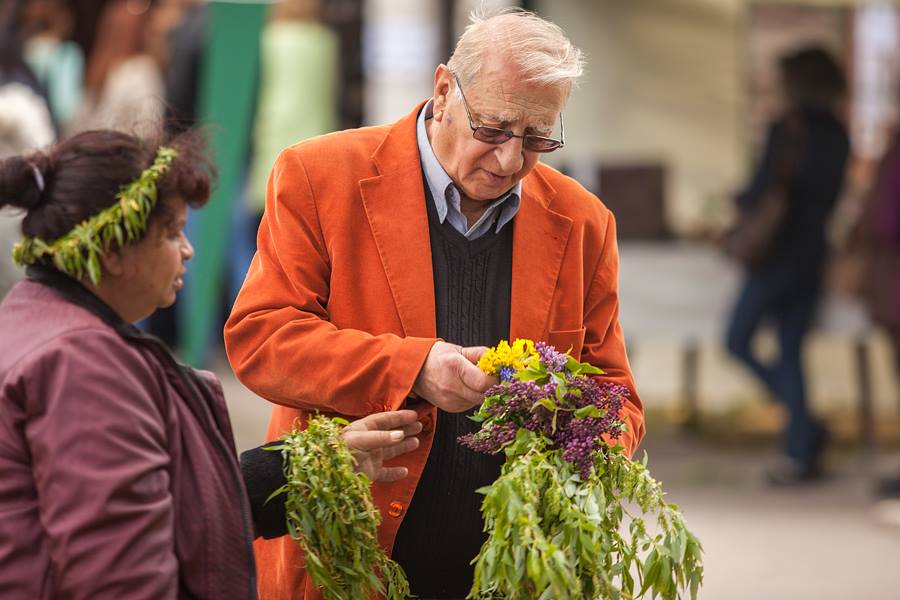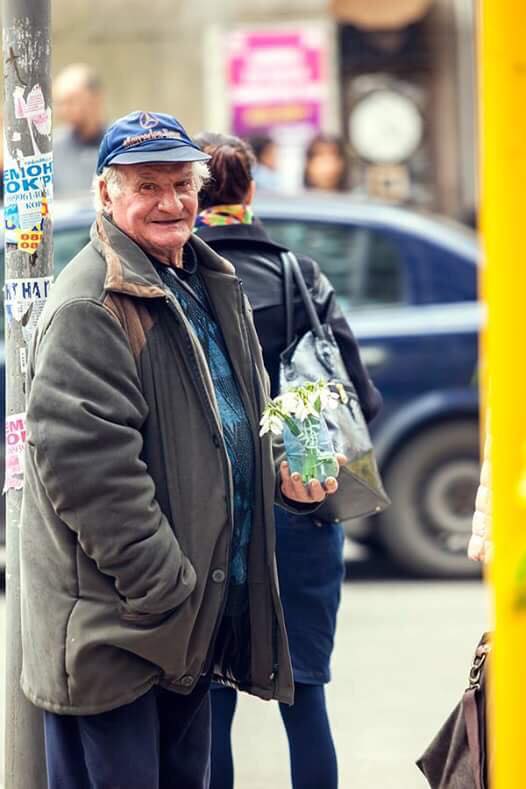Imagine being able to tell hundreds of people’s stories just by taking a photograph of them, and being able to share it with the whole world.
Vihren Georgiev is a photographer based in Sofia, Bulgaria.
Motivated by a love of Sofia and its’ people, he started the ‘People Of Sofia’ Facebook page in May 2013, and since then it has become one of the most popular pages on the internet, where you can see thousands of the capital’s citizens doing their daily tasks, completely unaware they’re being photographed.
Neither the Facebook page or website has any sort of introduction or ‘About’ page to describe what the page is about, but when you look at the photography and the ‘stories’ of the people that have been photographed, they speak for themselves.
Much of the photography on both the website and Facebook page shows evidence of the contrast between the well-off and the poor, and the vast diversity of people living in Bulgaria’s capital.
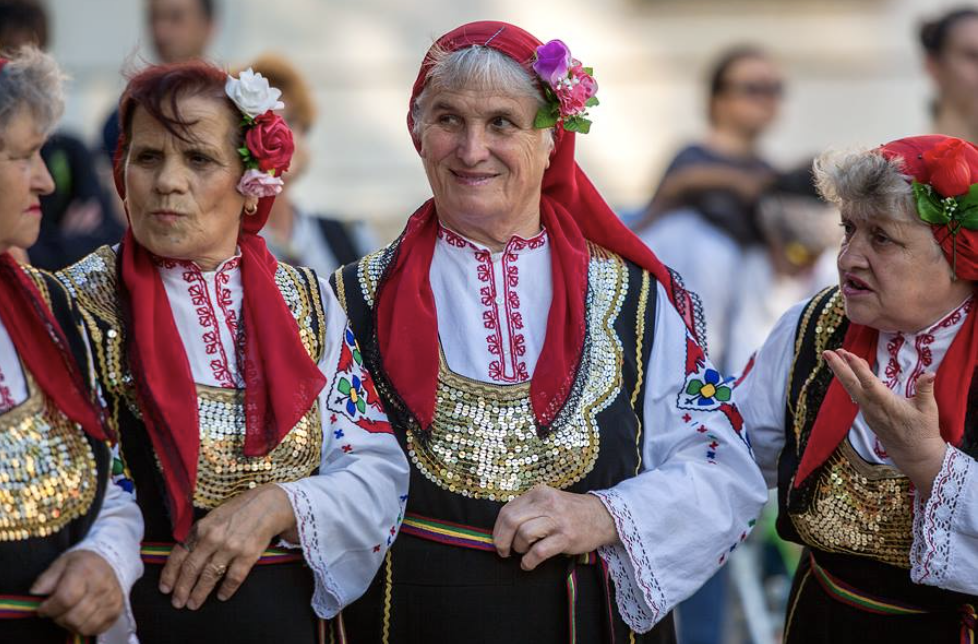
There is a wide range of panoramic shots, showing the beauty of Sofia, from its’ historic landmarks to trendy cafe’s and bars, showing people enjoying each other’s company.
However, the main focus of the page is definitely showing the vast contrast between the people living within the same city. From the poor to the rich, school children riding on the bus back from school to Roma children begging for money, there’s almost every type of person you can imagine photographed by Vihren.
Photos are regularly uploaded just as portraits without any caption, leaving the audience to interpret each picture how they like. Other photographs are uploaded with a transcript of the dialogue between the photographer and the model.
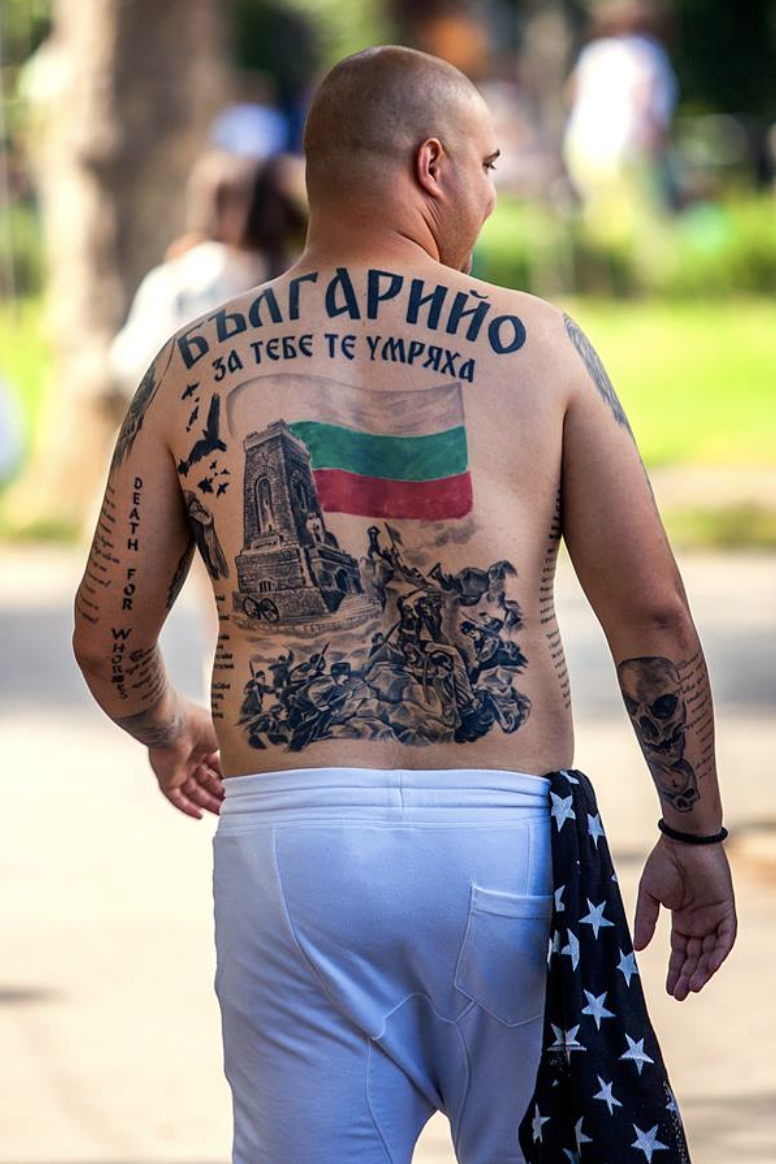
There is a wide range of panoramic shots, showing the beauty of Sofia, from its’ historic landmarks to trendy cafe’s and bars, showing people enjoying each other’s company.
However, the main focus of the page is definitely showing the vast contrast between the people living within the same city. From the poor to the rich, school children riding on the bus back from school to Roma children begging for money, there’s almost every type of person you can imagine photographed by Vihren.
Photos are regularly uploaded just as portraits without any caption, leaving the audience to interpret each picture how they like. Other photographs are uploaded with a transcript of the dialogue between the photographer and the model.
There are a variety of photographs showing especially Bulgarian traditions on national holidays such as St George’s Day, St Cyril and Methodius Day – the Day of Culture and Literacy, and Bulgarian Independance Day.
Some of the photographs that get the most attention are those of non-ethnic Bulgarians who show support for the country by carrying flags and even dressing up with Bulgarian merchandise, such as the couple photographed below.
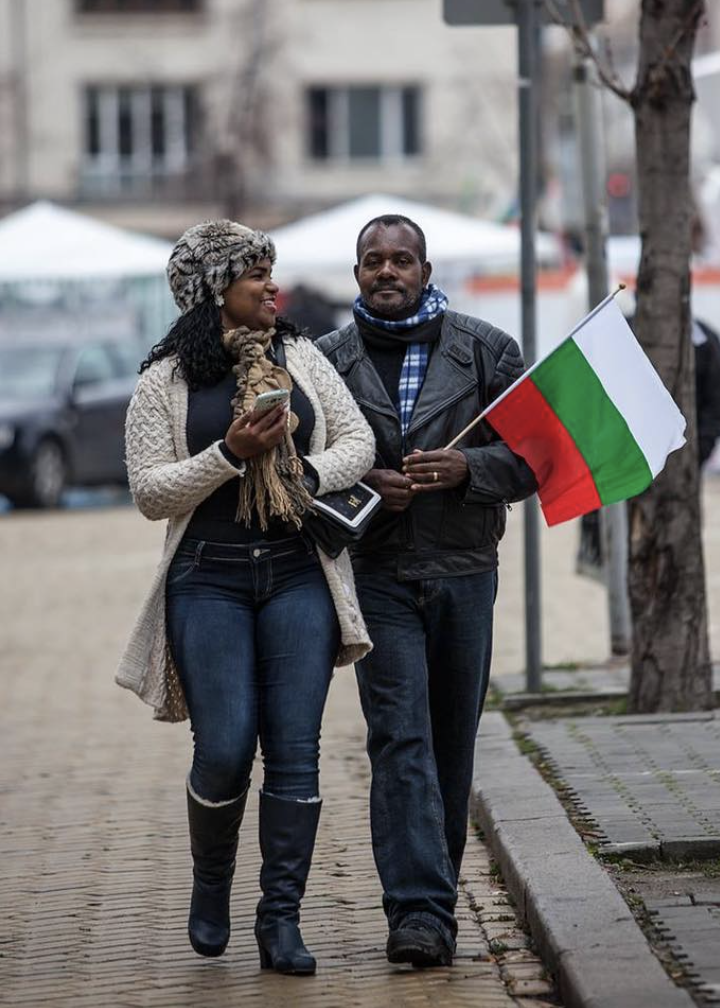
Some other photos which have been taken and featured on the ‘People of Sofia’ page and website include singer Galena waving the Pride flag during Sofia Pride, which happens every year usually on May 1st.
The photos posted from Sofia Pride attracted a lot of both positive and negative attention from people on Facebook, but there were a surprising amount of positive comments, given that even today homosexuality is widely frowned upon by particularly the older generation in Bulgaria.
One woman commented saying “Well done, People of Sofia, for boldly defending these people against the haters and trolls! You’re great! For everyone who threatened to unfollow your page because of these photos, you won a big fan – me!”
One photo which caused a lot of controversy in the comments was this photo featuring a young boy between the age of 10-12, wearing a flower headband and happily posing. Many of the comments were hate comments including a popular Bulgarian meme, translated as “They ruined this country”, and “There’s nothing worse than adults who brainwash and corrupt our children into thinking this is normal!”
Despite comments like this, many people responded back with supportive words, which shows us that the younger generation in Bulgaria is now much more modernised and want to show that the old-fashioned way of thinking about things like homosexuality in Bulgaria is not right anymore.
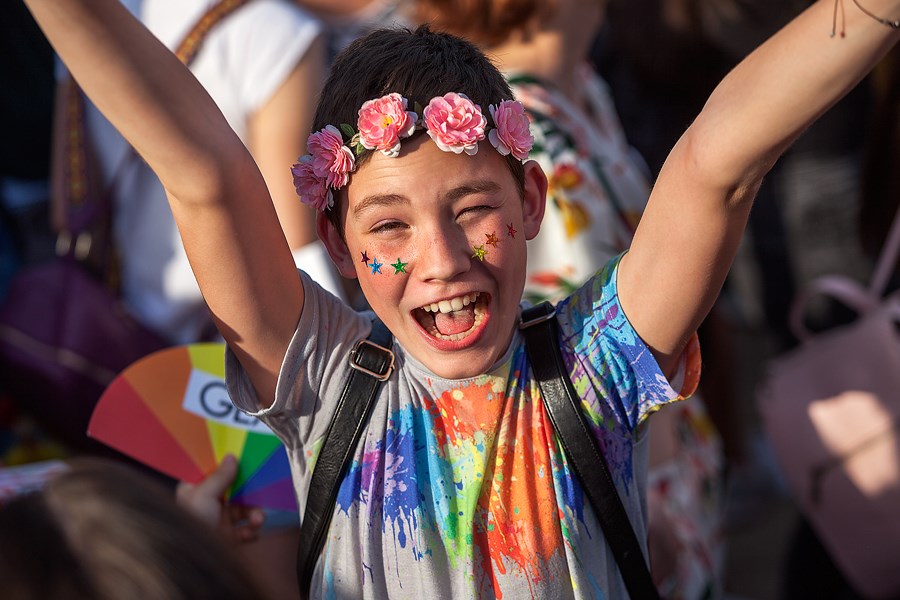
A lot of the photographs on the page show the happy faces of the diverse population of Sofia, but there are still those who purposely show the unhappy, the poor and the dark side of Sofia.
Photos like these show that not all is bright and happy in Bulgaria, and that poverty still very much exists, particularly when Bulgaria is the 10th poorest country in Europe.
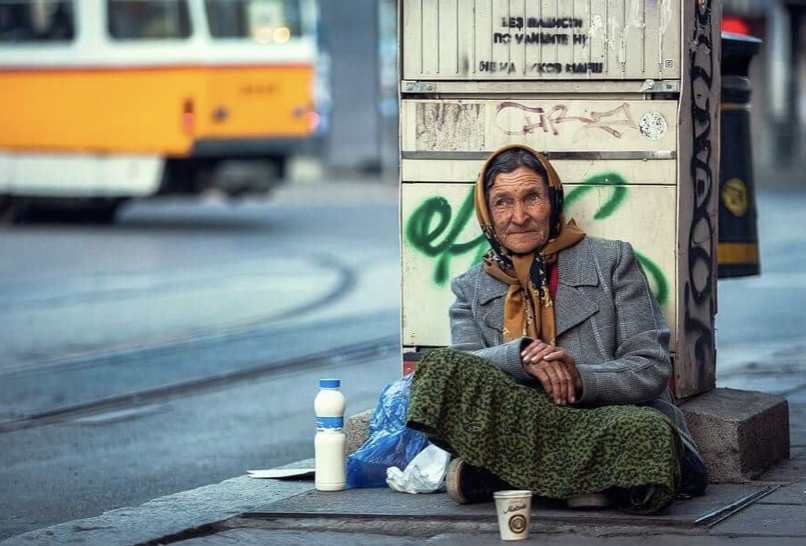
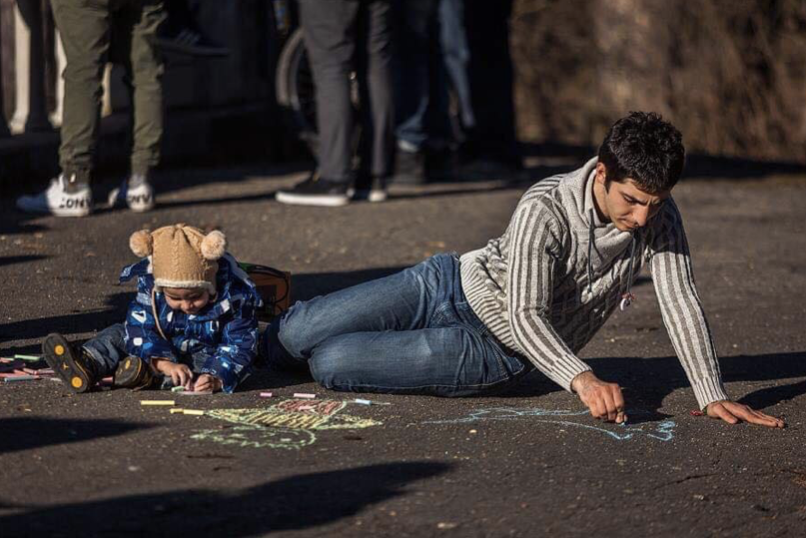
According to the 2019 International Monetary Fund report, Bulgaria’s GDP per Capita is only $8,032 for 2018, making it the 10th poorest country in Europe, with Montenegro, Serbia, Belarus and Macedonia following.
These three photos are just some of the representation of the poverty in Bulgaria. Of course, they don’t necessarily have to be seen as “people living in poverty”, because they could be interpreted differently by each person, but the overall pictures show the difference between the lives of these people, and the lives of other people pictured.
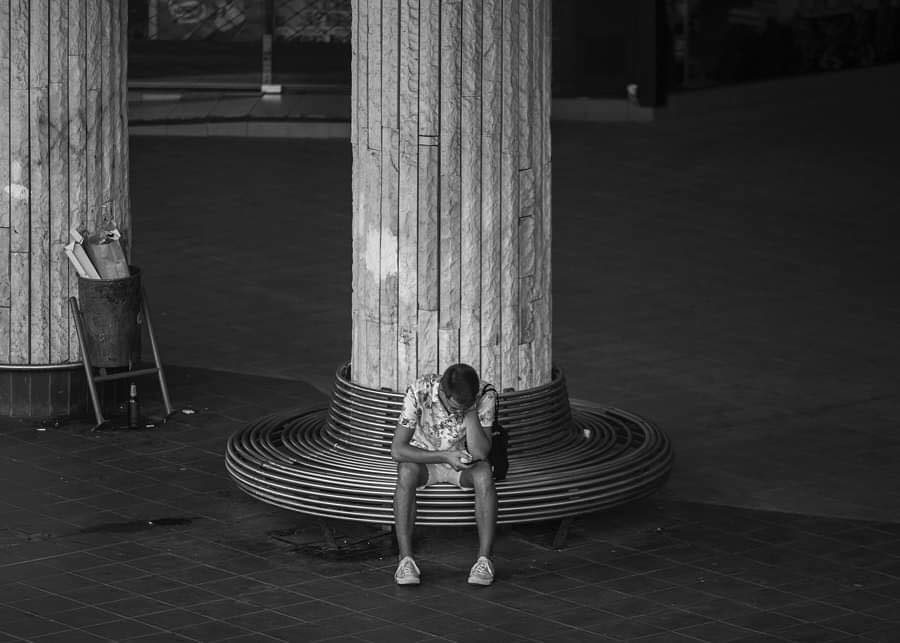
Words: Simona Dimitrova
Photo sources: Vihren Georgiev, People of Sofia

